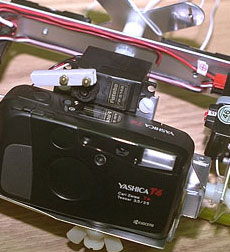Ori Barbut has loved electronics and tinkering with things since he was a kid. He fixed things for his friends and his parents' friends; then he took two degrees in engineering; and now he's a freelance engineer in the aerospace and energy industries. But he's also developed a project on the side, combining all of these skills and interests, inspired by a picnic in a Toronto park in 2012. Someone asked him and his friends if they could help secure a camera to a kiteline, for a spot of aerial photography. It got Ori thinking: there has to be an easier way to have a go at kite photography. Within a few days of thinking about it, Ori had knocked together a balsawood prototype. And now, after 16 months of development, he's about to launch the Sparrowscope on Kickstarter.
The Sparrowscope comprises a kite, a harness for a picture-taking mobile device, and an app for communication. The theory is that you launch the kite, fly it into clean air where it's easier to control, and then attach the harness to the line and send your mobile device up to start taking photos.
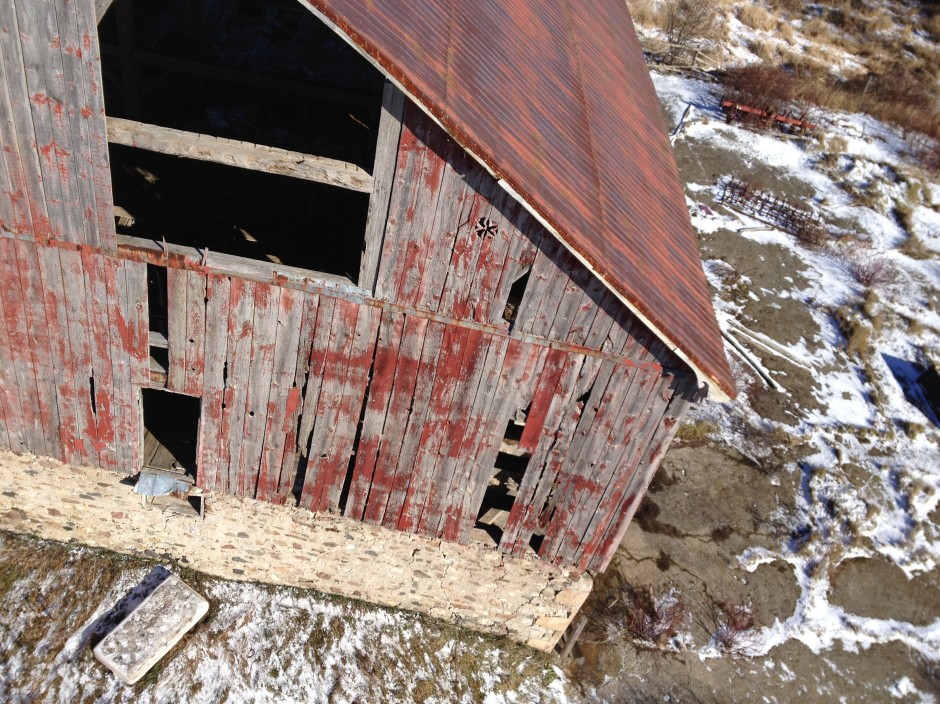
The Sparrowscope uses an easy-to-fly kite, so even if you're not a kite-flying expert, you shouldn't have too many problems. The harness uses a three-point design, meaning that if one strap fails there are two more to hold your phone in place. And the frame that takes the harness up the line is designed so that regardless of the angle that your kite plummets ground-wards, your phone shouldn't hit it. You won't need to catch it in your hands.
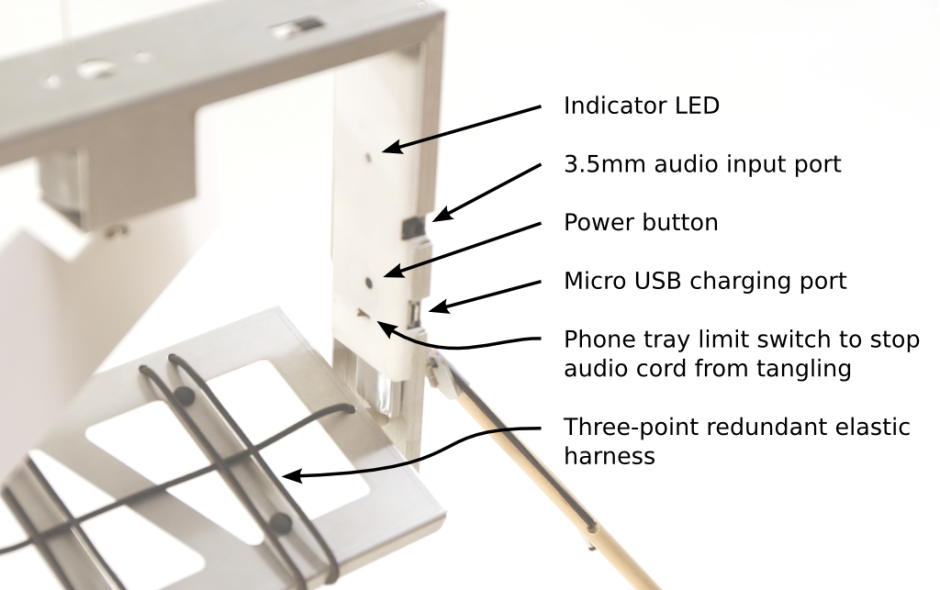
You'll need two devices, both running the Sparrowscope app, to operate the Sparrowscope: one in the harness and one on the ground. The one in the harness will be your picture-taking device; it will also send tone pattern signals to the tilt-pan motors through its headphone jack, allowing you to direct your camera using your device on the ground. The aerial device and the grounded device communicate using a wi-fi generated by a wireless hotspot. The device in your hands will give you a live view of what the aerial device is recording as well as allow you to direct the pan-tilt function to help you get the shots you want.
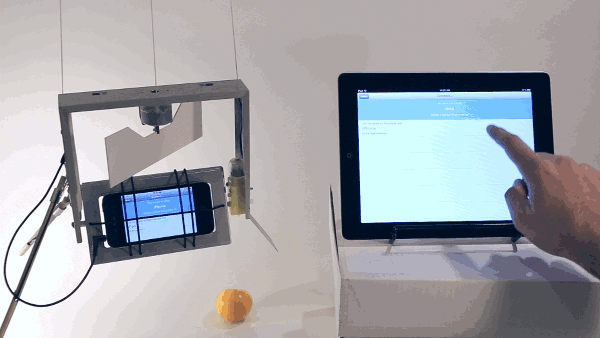
You can send a fourth or fifth generation iPod Touch (running iOS 5 or later), an iPhone 4 or later, or an Android phone running 4.0 or later up into the sky. On the ground, you've a greater range of device options:
- a third, fourth, or fifth generation iPod Touch running iOS 5 or later
- an iPhone 3GS or newer
- any iPad model running iOS 5 or later
- an Android phone running 4.0 or later
- an Android tablet running 4.0 or later.
Barbut needs to raise $75,000 (Canadian) from his Kickstarter campaign to bring kite photography to the masses through the Sparrowscope. The cheapest pledge that you can make and get your hands on a kite and harness rig is $249 (Canadian). As luck would have it, the project is launching on a day when the winds are so high in the UK several train companies have been forced to cancel services because of the risks from falling trees, but you shouldn't let that put you off. This sounds like far too much fun to pass up!






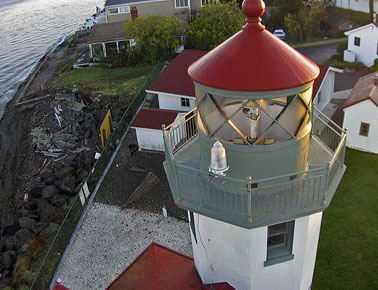
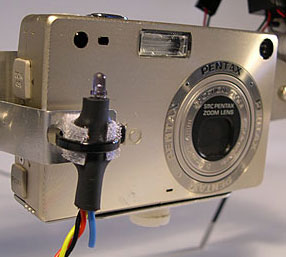
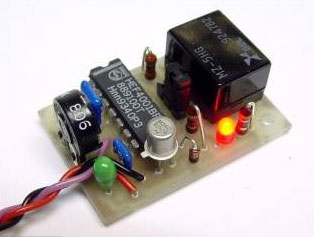 One of the easiest ways to use a radio remote, apparently, is
One of the easiest ways to use a radio remote, apparently, is 